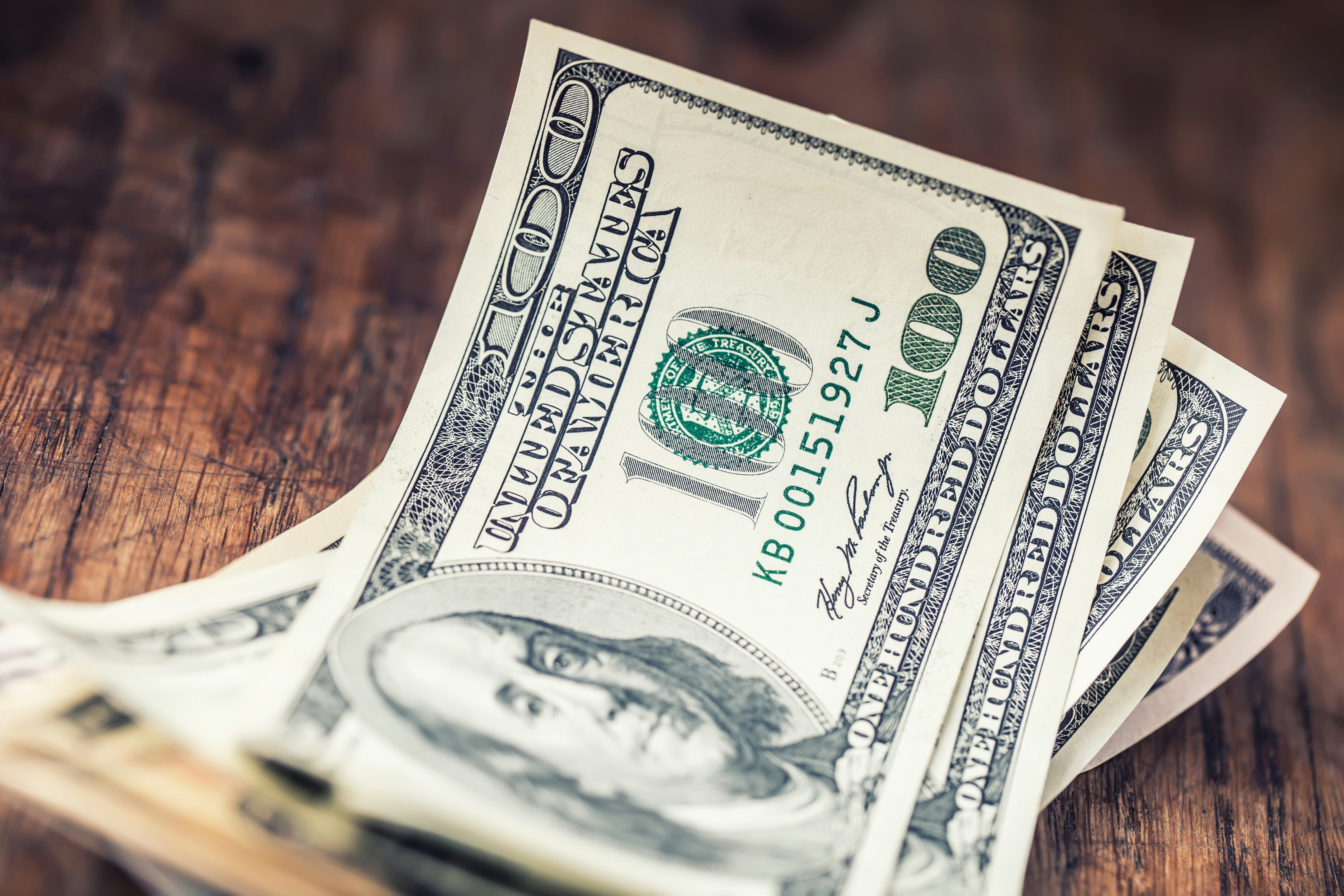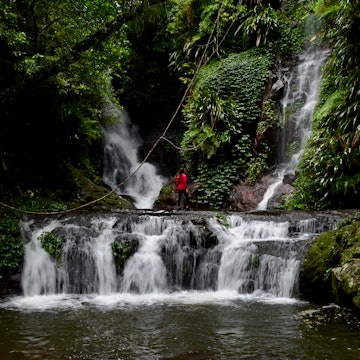

Here's everything you need to know to help you manage your money as a digital nomad © malerapaso / Getty Images
Making the decision to go is the first step to a new life as a digital nomad, but you won’t get far on good intentions alone. Becoming a location-independent worker means having organized finances as the costs can be high at the start of the journey.
Here we break down the practical steps to budgeting before you go and all the tools you'll need to manage your money while you work abroad.
Editor's note: during COVID-19 there are restrictions on travel. Check the latest guidance before departure, and always follow local health advice.
Clear your debt
Digital nomads with debts tend not to be digital nomads for long. Before you go, try to clear any outstanding money you owe. The goal is, remember, to have all your money fully available to fund a life of travel. If you have a mortgage and intend to keep your house or apartment, rent it out to cover the monthly payments and appoint a management company to deal with all the admin. Look for landlord insurance packages that include a guaranteed rent for any periods when you can’t find a tenant.
Build up a nest egg
Before you say "sayonara" to your old life, you’ll need to build up a cushion of money to fund your start-up costs and cover you for emergencies while you build up your remote-working business. Having an emergency stash of cash to pay for replacing your laptop if it is lost or stolen is pretty much essential. Put on your accountant’s visor and work out exactly how much you need to get to your first destination and live for two months with no income at all, then add 50% as a buffer.

Know your limits
Set yourself a minimum level your savings can drop to before alarm klaxons sound. If things go wrong and you need to pull the emergency chute, having enough money to clear any outstanding costs in the destination, fly home, and fund yourself while you slot back into normal life will help you avoid more stress than you can put a price on.
When building up and maintaining your emergency fund, aim for enough money to cover the following for at least two months:
★ Eating and accommodation costs
★ Internet access
★ Mobile phone bill
★ Co-working space membership
★ Transport to where you work
★ Funds to replace your phone or laptop
★ Money for medical bills in an emergency
★ Cash for a flight home
★ Living costs while you find a job back home.
Managing your money overseas
However you choose to get paid, you’ll need a safe and secure way to manage your money overseas. Most nomads get paid to an account that they can access over the internet, but for real-life day-to-day living costs, you need to be able to access your cash, often in hard currency. If clients are paying into an account that charges you high fees for each overseas card payment or ATM withdrawal, a chunk of your hard-earned cash will be going to the bank rather than supporting your digital nomad lifestyle.

Cash
No matter how much your destination has moved towards a cashless economy, you’ll probably need access to hard currency for small costs such as coffees, snacks and public transport. The golden rule when withdrawing cash from an ATM overseas is to make larger withdrawals less often, to avoid repeated bank charges. Keep your hard currency safe in a money pouch worn against the skin.
Credit and debit cards
The default way to pay for many travelers, credit and debit cards are easy to use and simple to cancel if lost or stolen. But pre-advise your bank if traveling to a fraud-heavy destination to prevent your card being blocked, and monitor statements regularly in case of card cloning. Also consider bringing a "clean" backup credit card (with no payments outstanding). Using a prepaid debit card avoids transaction fees and punitive exchange rates; top it up from whichever account clients are paying into. Caxton FX, Revolut and FairFX are major prepaid players, but shop around in your home country, too. Where possible, make card payments in local currency to avoid the poor exchange rates offered by retailers.
Pay by phone
Apps such as Apple Pay and Google Pay function as digital wallets, allowing users to make contactless payments using the chip inside the phone. To use the apps, you’ll need to load details of your debit and credit cards, but there are no additional fees on top of what the card issuers charge (the app company charges a small fee to the card issuer but this doesn’t come from your end). The downside? Mobile payment only works at places that are set up for contactless payments.
An emergency stash
Store a supply of cash in US dollars, UK pounds or Euros hidden somewhere safe as a last-ditch emergency fund, in case you don’t have access to your accounts (think power cuts, communication blackouts, political unrest). Travelers checks also work for this purpose, and have the added advantage that they can be replaced if they get lost or stolen, but they are falling out of favor with travelers and are accepted by fewer and fewer outlets.

Best money apps for digital nomads
★ XE The world’s most popular currency exchange app offers real time exchange rates between every global currency, and stores the last-checked rates for your 10 favorite currencies for times when you can’t get online.
★ Trabee Pocket A travel expenses tracker that can help you keep on top of incomings and outgoings, and split your costs into different categories – handy for spotting if your beer budget is pushing you over the limit.
★ Splittr Designed for groups of travelers sharing costs and splitting bills, Splittr also works as a tool for monitoring your own non-business travel costs.
★ WeSwap Combining an app and a pre-paid card, WeSwap uses peer-to-peer transfers to cut out the costs of going through normal foreign exchange channels. There are 18 supported currencies, exchange fees are modest, and exchange rates are better than on the high street – but you’ll need to wait seven days to access your money, or pay a fee.
★ Starling Halfway between a bank account and a pre-paid debit card, this UK-based mobile-only bank charges no fees for overseas ATM withdrawals and card transactions made with the contactless Mastercard that comes with each account.
This extract is from Lonely Planet's Digital Nomad Handbook, available now at Lonely Planet Shop.
You might also like:
Lonely Planet's ultimate digital nomad packing list
10 reasons why you should become a digital nomad in 2021
Everything you need to consider before becoming a digital nomad














